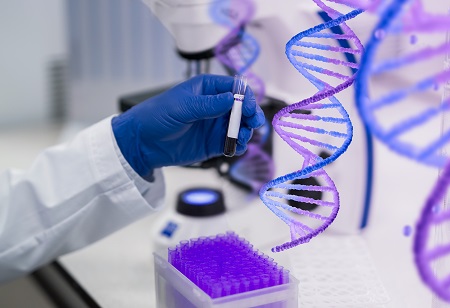India Pharma Outlook Team | Saturday, 09 September 2023

Otsuka Pharmaceutical Co., Ltd. and ShapeTX, a programmable medicine company that uses AI and RNA to cure genetic diseases, announced a multi-target collaboration to develop intravitreally-delivered adeno-associated viruses (AAVs) for ocular diseases, with the option to expand to other targets and tissue types. The firms will work together to explore innovative therapeutic options for patients suffering with critical eye disorders using ShapeTX's AAVidTM capsid discovery platform and transgene engineering technology, as well as Otsuka's experience in genetic payload design and ophthalmology.
ShapeTX's AI-driven AAVid platform combines large throughput screening of billions of distinct AAV variants with machine learning to uncover new AAV capsids for in vivo direct-to-NHP selection to maximize clinical translation. AAVid capsids are engineered to achieve accurate target tropism while detuning for off-target biodistribution, lowering the needed dosage and related clinical safety hazards. ShapeTX will also use its transgenic engineering expertise to optimize payloads given by Otsuka for therapeutic levels of gene expression in selected cell types as part of the agreement.
According to the terms of the agreement, ShapeTX will receive an initial payment from Otsuka and will be eligible for research, regulatory, and sales milestone payments totaling up to $1.5 billion. ShapeTX may also be entitled for tiered royalties on future product sales stemming from the agreement. “We’ve built our AAVid platform on generative AI approaches akin to those behind Midjourney and DALL-E 2 to tackle industry challenges with gene therapy delivery,” said Francois Vigneault, PhD, co-founder and chief executive officer of ShapeTX. “By incorporating diffusion models, our platform is designing novel medicines that transcend the boundaries of what is possible experimentally. Our collaboration with Otsuka marks an exciting chapter in our journey as we extend the reach and impact of our technologies to help as many patients as possible.”